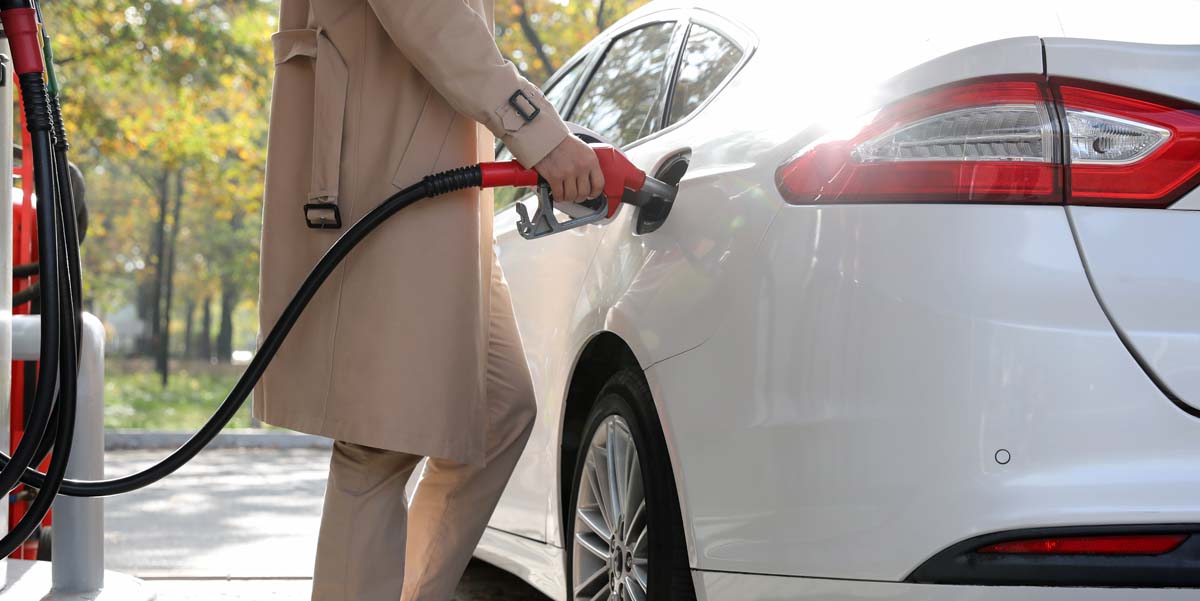If you’re self-employed and use your car for business, you can deduct certain business-related car expenses. Here’s what small business owners need to know:
There are two options for claiming deductions:
Actual Expenses. To use the actual expense method, you need to figure out the actual costs of operating the car for business use. You are allowed to deduct the business-related portion of costs related to gas, oil, repairs, tires, insurance, registration fees, licenses, and depreciation (or lease payments).
Standard Mileage Rate. To use the standard mileage deduction, multiply the standard mileage rate set by the IRS each year by the number of business miles traveled during the year. Normally, there is one set rate for the entire calendar year; however, in 2022, there are two rates: 58.5 cents per mile for the first six months (January through June) and 62 cents per mile for the last six months (July through December). For details, see our article on Standard Mileage Rates Increase for Remainder of 2022.
Car expenses such as parking fees and tolls attributable to business use are deducted separately no matter which method you choose.
Which Method Is Better?
Using the standard mileage rate produces a larger deduction for some taxpayers. Others fare better tax-wise by deducting actual expenses. Whether you own or lease your car, you may use either of these methods.
To use the standard mileage rate for a car you own, you must choose to use it in the first year the car is available for use in your business. In subsequent years, you can use the standard mileage rate or actual expenses. If you choose the standard mileage rate and lease a car for business use, you must use the standard mileage rate method for the entire lease period – including renewals.
Opting for the standard mileage rate method allows you to bypass certain limits and restrictions and is simpler; however, it’s often less advantageous in dollar terms. Generally, the standard mileage method benefits taxpayers who have less expensive cars or travel many business miles.
The standard mileage rate may understate your costs, especially if you use the car 100 percent (or close to it) for business.
Documentation
Tax law requires that you keep travel expense records and show business versus personal use on your tax return. Furthermore, if you don’t keep track of the number of miles driven and the total amount you spent on the car, your tax advisor won’t be able to determine which of the two options is more advantageous for you at tax time. It is essential to keep careful records of your travel expenses (if you use the actual expenses method, you must keep receipts) and record your mileage.
You can use a mileage logbook or, if you’re tech-savvy, an app on your phone or tablet. Several phone applications (apps) are available to help you track your business expenses, including mileage and billable time. These apps also allow you to create formatted reports that are easy to share with your CPA, EA, or tax preparer.
To simplify your recordkeeping, consider using a separate credit card for business.
Questions?
Don’t hesitate to call and find out which deduction method is best for your particular tax situation.

